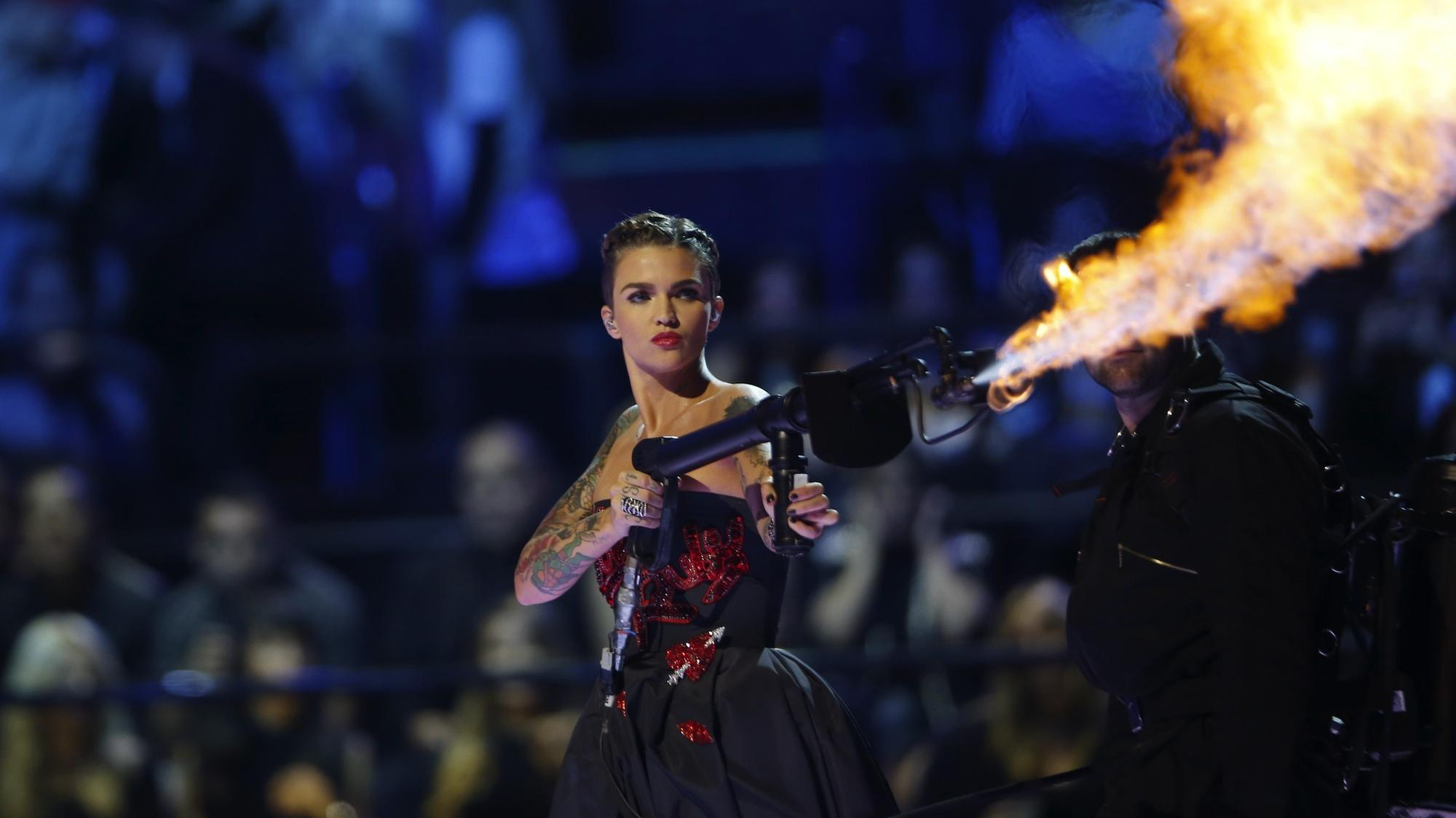I grew up listening to Free to Be…You and Me (thanks, patchouli-wearing mom!). And while “When I Grow Up” — performed by either Diana Ross or Michael Jackson, depending on which version you owned — is probably the album’s seminal track, “William’s Doll” managed to lodge itself into my tiny head.
William, a child who wants a doll rather than a baseball glove and is therefore labeled a “sissy” (but is ultimately vindicated), was a character with whom I sympathized. Not because I also wanted a doll (I beheaded my Barbies with scissors) but because, like William I didn’t want what I intuited, as a girl, I was supposed to: my hero was Fireman Sam, a British cartoon firefighter, and I had a haircut like Christopher Robin from Winnie the Pooh.
This week, the French superstore Systéme U released a commercial that, to me, represents how close we’ve come this year to Marlo Thomas and Friends’ utopian vision of gender neutrality. The ad begins with sickeningly cute French children in matelot sweaters relating their ideas about who boys and girls are supposed to be. “Stuff for girls is more pink.” “The daddy goes to work and makes money.” “Girls enjoy kitchens.” “Boys have superhero action figures.” The kids are then released into a play area filled with every kind of toy, and it turns out that boys do like playing with dolls and mini saucepans and girls enjoy acting out being crane-operators.
In its own, TBH nauseating way, the ad represents just how mainstream the conversation about gender became in 2015. The idea that gender is not binary, fixed or dictated by inherited clichés has become so widespread that it can even be used to move products off shelves. (The store is promoting the campaign with the hashtag #GenderFreeChristmas.)
But getting to this point took a lot. This year has been defined by a widespread move toward re-evaluating static, binary gender constructs. Most prominent, in 2015, have been the voices of the growing movement for transgender awareness. Caitlyn Jenner became an occasionally controversial but heroically honest and prominent figurehead for the transgender community, catalyzing existing efforts to create acceptance. She took the conversation right into people’s living rooms with her Diane Sawyer special and her reality TV show, I Am Cait.
Similarly, Jill Solloway’s Transparent — which follows a fictional father’s transition into a woman — was not only available to anyone with an Amazon Prime account, but became impossible to ignore (not that you’d want to). It won 11 major entertainment awards, including the Golden Globe for Best Television Series.
Orange Is the New Black too, which returned for a third season in June, provided people with highly visible models for what gender fluidity can look like in 2015. The show’s Laverne Cox has been hugely influential in raising the profile of trans people and the fight for trans rights, speaking at events across the country. And Ruby Rose, who plays tattooed jail fox Stella, has become a tabloid obsession, talking freely about her own understanding of gender. She told an interviewer in June, “I definitely don’t identify as any gender. I’m not a guy; I don’t really feel like a woman, but obviously I was born one. So, I’m somewhere in the middle.” Ruby drove her message home while hosting the EMA awards in October, addressing the crowd as “ladies and gentlemen and everyone in-between.”
And in the fashion world, Jonathan Anderson, who has long been dressing men and women androgynously, won Designer of the Year in both the men’s and womenswear categories at the British Fashion Awards. His men’s looks at Loewe have blurred the traditional line between guy’s and girl’s clothes — as have this year’s collections from brands like Vetements, Hood By Air and Acne. And perhaps the most gushed-about creative director of 2015, Alessandro Michele, has pioneered his own breed of gender-blind romanticism at one of the world’s most biggest brands, Gucci.
This year, in fact, by fall/winter 15 it already felt like a forgone conclusion that a designer would bring up their collection’s “gender fluidity” post-show. Hood By Air’s Shayne Oliver even said backstage after his most recent spring collection, “At this point I’ve sort of dealt with gender issues within my perspective and now I think it’s just part of the DNA of the brand.”
As 2016 arrives, perhaps the best thing we can hope for is a similar cultural shift: that gender fluidity becomes so accepted it’s just part of our collective DNA. Cue: chorus of “Free to Be…You and Me.”
Credits
Text Alice Newell-Hanson
Ruby Rose image via Twitter
